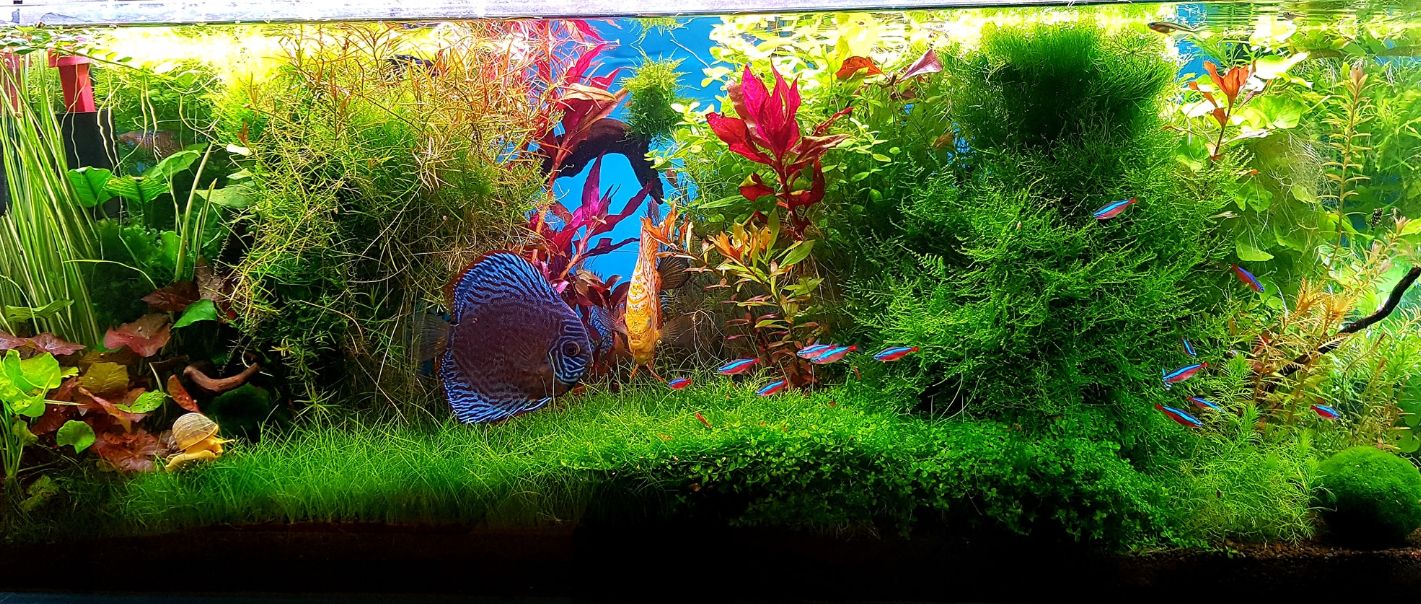
Cardinals, rummy nose tetras and harlequin rasboras seem to be the fish of choice almost as an after thought in many planted aquariums. There are some good alternatives.
Planted aquariums can be stunning with schools of various “nano fish”. A good option is schools of six or more Ember Tetra, various small danios, Celestichthys margaritatus (Celestial Pearl ‘Danio’ or Galaxy ‘Rasbora’), Pseudomugil rainbowfish and small rasboras such as Emerald Dwarf, Chili and Pygmy. Other good fish which do not need to be in schools are Endler Livebearer, Scarlet Badis and white cloud mountain minnows.
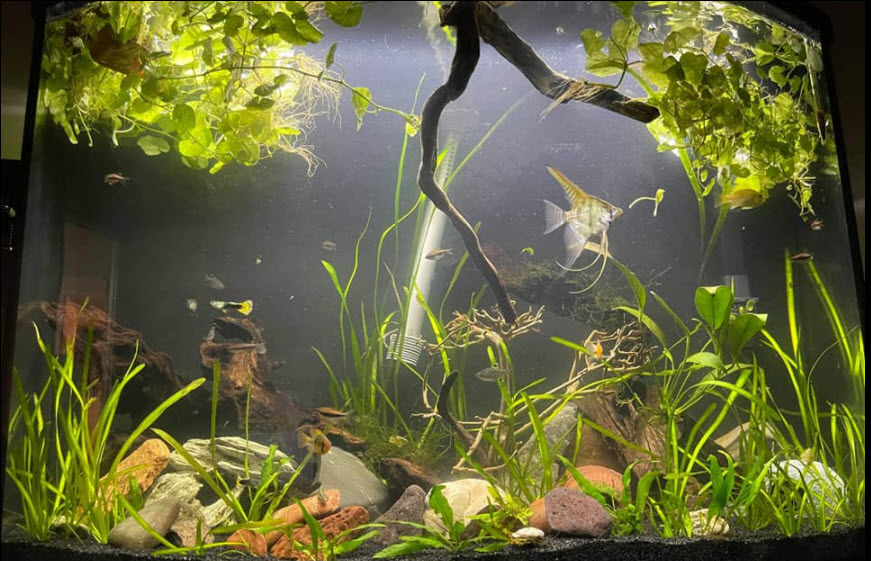
If one has a large aquarium schools of rainbowfish are incredible as are schools of Congo Tetras. Both these fish are dull and not very attractive when small but are stunning as adults. They are both schooling fish which prefer to be in groups of at least six. Discus, rams, apistos and angelfish are the only cichlids that seem to go well in planted tanks. All the other cichlids love nothing better than to uproot every plant in an aquarium overnight.
A fully planted aquarium teeming with Blue Velvet or Cherry Red Shrimp (Neocaridina davidi) is simply beautiful. Shrimp are great in a low-tech planted aquarium and they come in all variations: white, yellow, red, blue and even striped. They multiply like rabbits. Note that the colors of the shrimp should never be mixed as dull grey green offspring will result.
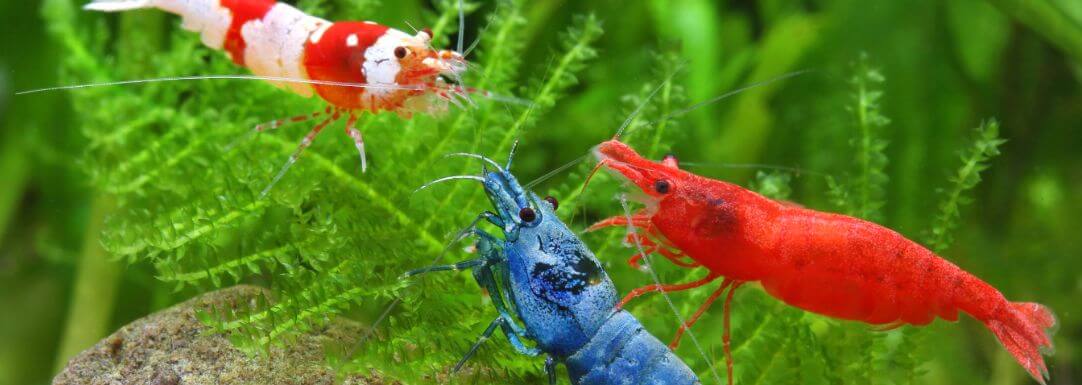
Shrimp need a dGH between 3 and 10 (GH of 55 to 180). A bag of crushed coral in the filter will meet this requirement very nicely and it will also bring up the KH. Note shrimp need a tank established for at least four months with some algae and/or plants growing in it. They also live only for about one year, so breeding is necessary if you want a lasting tank full. Normally even small fish can eat shrimp fry, so fish are problematic in a shrimp tank. But if the tank has lots of fine plants like Java moss the shrimp will breed undeterred by small fish in the tank. Read this article for the complete lowdown.
17.10. Aquarium Shrimp
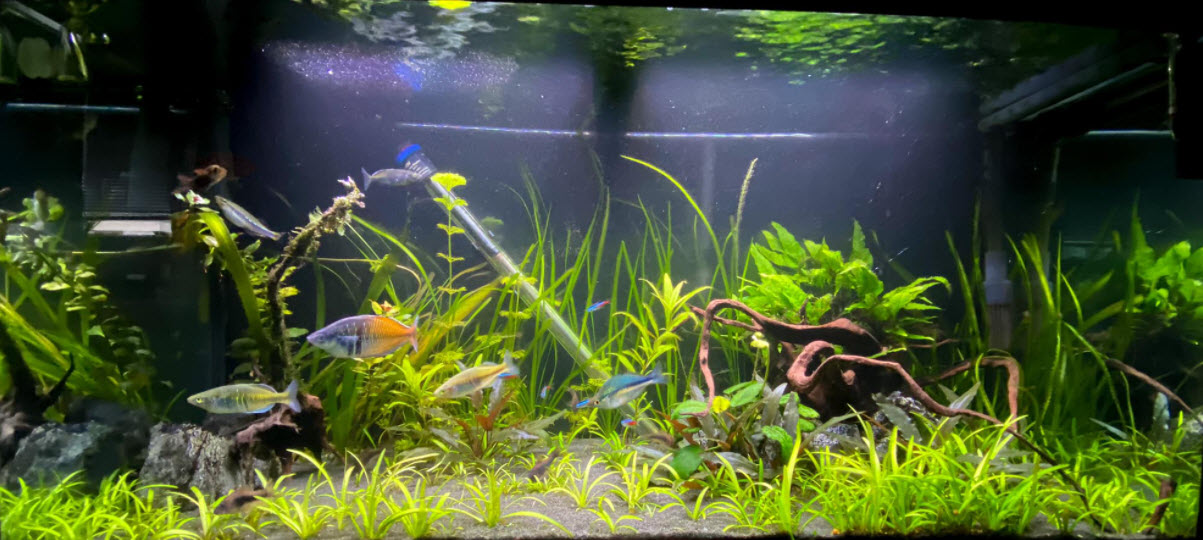
Pitfalls of Fish in a Planted Aquarium
Probably the most difficult aquarium set-up is to have lots of decent sized fish and lots of plants. It is very challenging. Before adding a lot of fish to a planted aquarium one should read the following link:
15.3. Limitations of Fish in a Planted Aquarium
Planted Aquariums in Depth
The following sections will tell you how to make a planted aquarium:
15. Planted Aquariums
15.1. Planted Aquariums in Depth
15.4. Types of Planted Aquariums
15.5. Fertilizing
15.6. Carbon Dioxide
15.7. Substrates for Planted Aquariums
15.8. Walstad Aquarium
15.9. High-Tech Planted Aquarium
15.10. Hybrid Planted Aquariums
15.11. Many Fish Many Plants
15.12. Propagating Plants
15.13. Hau Aquariums
15.14. Low Tech Planted Aquariums
2.15. Cycling a Planted Aquarium
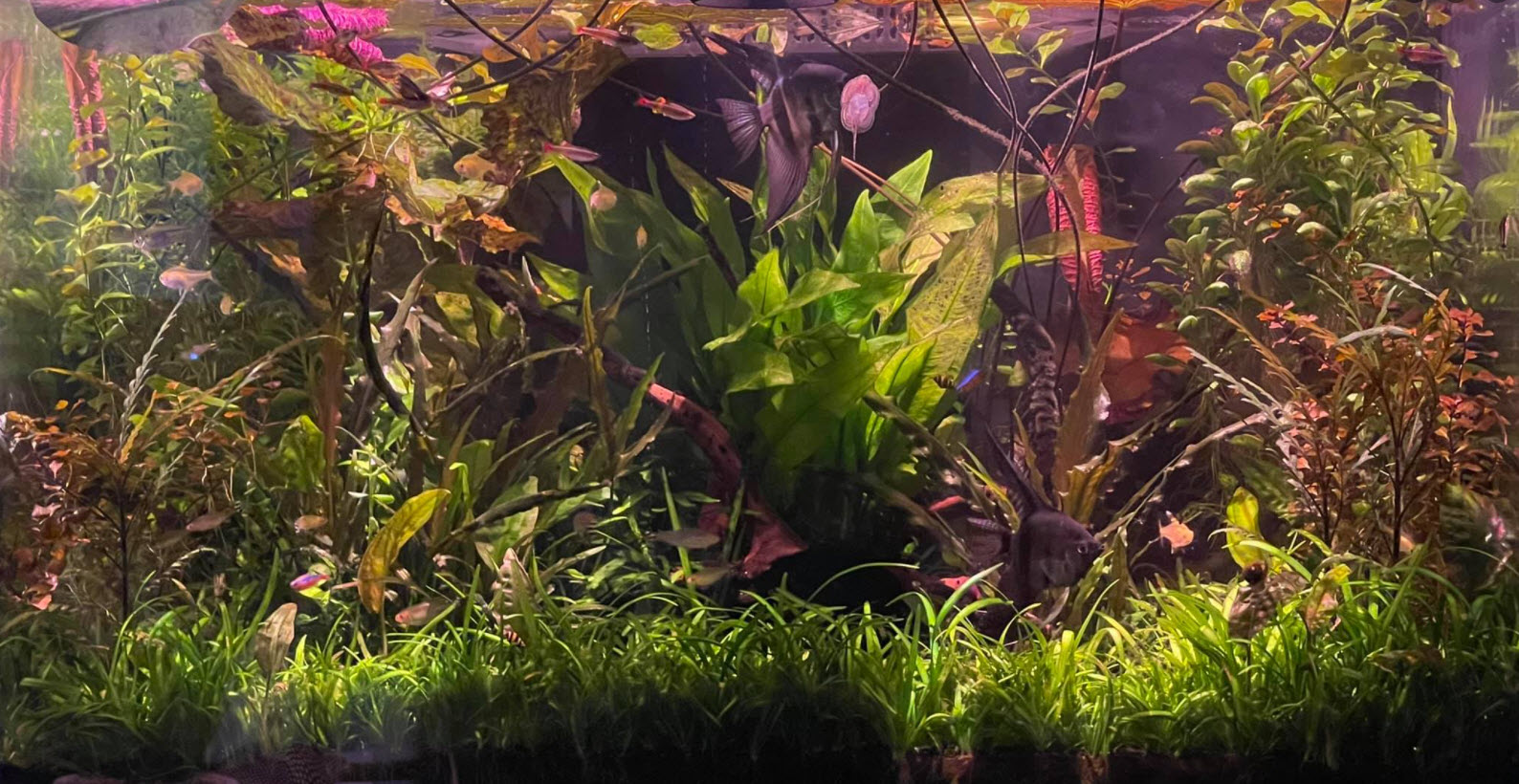
.
Return to Planted Tank Index Page
.
Aquarium Science Website
The chapters shown below or on the right side in maroon lead to close to 400 articles on all aspects of keeping a freshwater aquarium. These articles have NO links to profit making sites and are thus unbiased in their recommendations, unlike all the for-profit sites you will find with Google. Bookmark and browse!
.
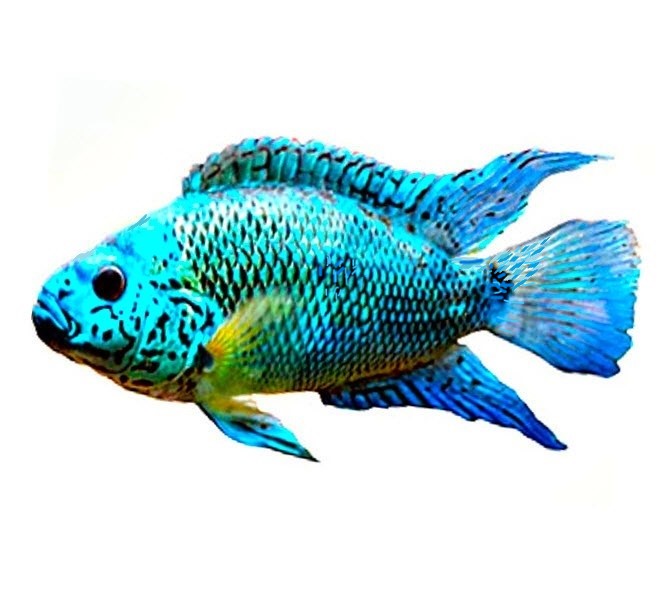
Anonymous says
In addition to the typical larger rainbowfish there are also smaller ones, such as pseudomugil gertrudae (gertrude’s or spotted blue eye rainbowfish) which only get to 1.5″ or so which are great for even smaller planted tanks. I particularly love gertrudae because their spots are stunning in person and the males displaying at each other as they compete for the females while waving their yellow fins about is delightful.